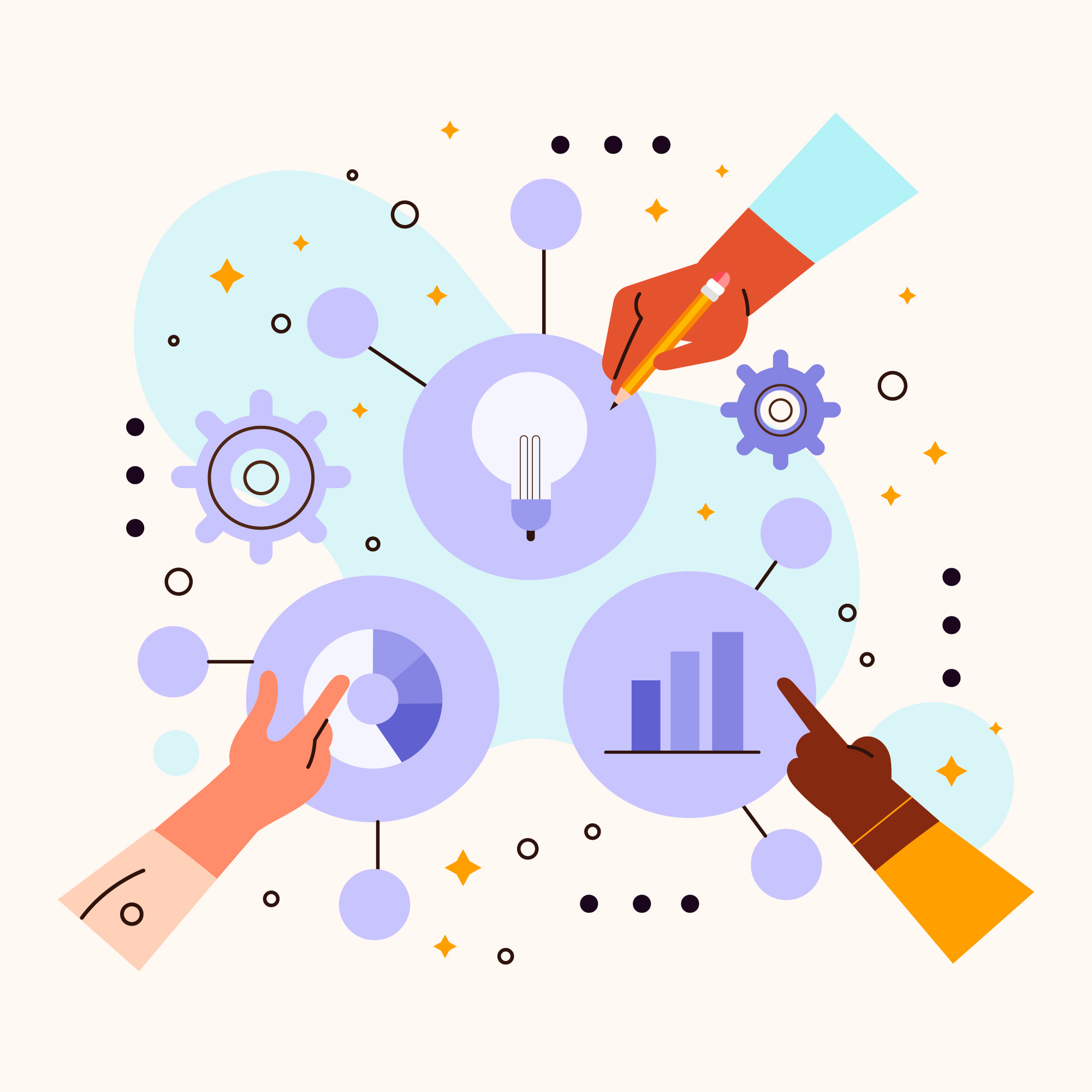In the era of smart technology and data-driven decision-making, research facilities must evolve beyond traditional systems. One powerful way to accelerate innovation is by integrating real-time health data into Research Buildings for Smarter Discoveries. This transformation not only improves research efficiency but also opens the door to groundbreaking medical and scientific advancements.
Why Real-Time Health Data Matters
Real-time health data provides up-to-the-minute information about physiological metrics, environmental factors, and behavioral trends. When leveraged effectively, this data can:
- Accelerate clinical trials
- Improve precision in diagnostics
- Enable real-time monitoring of experiments
- Support data-rich AI models in health research
However, for this potential to be realized, research buildings must be equipped with the right infrastructure.
Steps to Integrate Real-Time Health Data in Research Facilities
1. Establish a Robust IoT Network
IoT (Internet of Things) devices such as biometric sensors, wearable health monitors, and smart lab equipment are the backbone of real-time data collection. Integrating them into your research environment is the first step toward smart facility transformation.
2. Utilize Cloud-Based Data Storage
Real-time data is massive and constantly evolving. Cloud platforms offer scalable, secure, and accessible storage solutions that allow researchers to retrieve and analyze data instantly, from anywhere in the world.
3. Implement AI-Powered Analytics Tools
Once data is collected, AI and machine learning tools can process and interpret it in real time. This capability is crucial for identifying patterns, predicting outcomes, and generating actionable insights faster than traditional analysis methods.
4. Ensure Data Privacy and Compliance
Integrating real-time health data comes with strict regulatory requirements. Research buildings must comply with HIPAA, GDPR, and other relevant health data privacy laws. Implementing encrypted systems and regular audits ensures data security.
5. Create Smart Lab Environments
Beyond data collection, smart labs equipped with automated systems can react to data inputs—adjusting temperature, lighting, or airflow based on environmental sensor data to maintain optimal conditions for experiments.
6. Foster Interdisciplinary Collaboration
Centralized access to real-time health data encourages collaboration across disciplines—from biomedicine to computer science—within Research Buildings for Smarter Discoveries. Shared insights promote more holistic, accurate, and impactful research outcomes.
Real-World Applications
Many leading institutions have already begun integrating real-time data systems. Examples include:
- Smart hospital-lab hybrids where patient data flows directly to research teams
- AI-driven labs that adjust experiments based on incoming results
- Wearable integration in clinical trials for continuous monitoring
These facilities are not just conducting research—they are redefining it.
The Future of Research Facilities
The fusion of real-time health data and intelligent infrastructure is reshaping the research landscape. As the demand for faster, more accurate, and more personalized discoveries grows, upgrading facilities into Research Buildings for Smarter Discoveries is no longer optional—it’s essential.
Institutions that make this transition now will be at the forefront of innovation, driving advancements in health, technology, and beyond.


